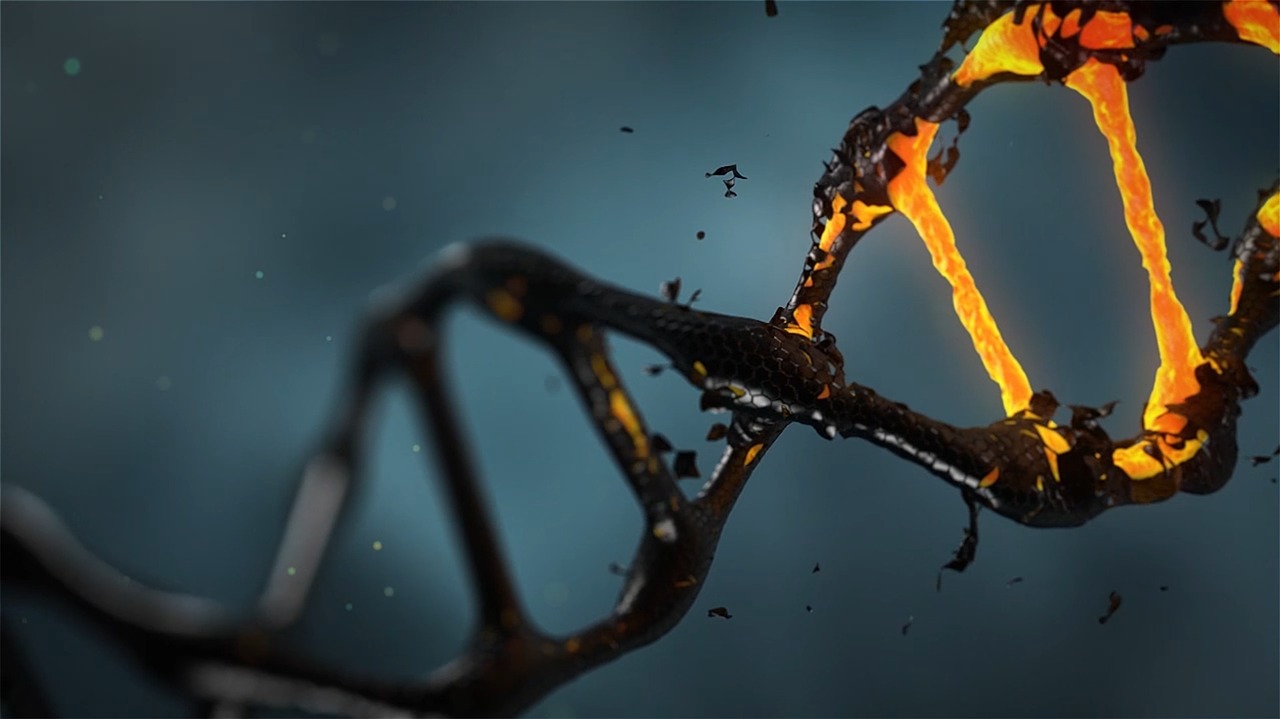Technology of recombining DNA was discovered years ago and now it is gaining higher values in the medical sector. With the help of biotechnology DNA of different molecules are combined to generate a new species or organisms. This is using in various sectors apart from medical sector, such as agriculture, fishing, and many more. Earlier this technology was termed as genetic transformation but due to a possibility of explosion occurred in the earlier days the experiment was dragged into controversies. The idea behind this experiment was to isolate and modify individual genes.
Key developments in recombination of DNA technologies:
Before developing very first DNA, the experiments has gone through various controversies but few developments gave rigid pillars to the DNA recombination experiment and proven it a boon for various sectors. Few top key developments in this sector are listed below:
Cut and paste enzymes:
First development of DNA combination occurred when an American Biologist kept the theory that enzymes are responsible for joining and recombining separate species. As per the experts, every living creature has some specific DNA and in the presence of ligase only they can be glued together to generate a new one.
Inserting Foreign DNA into a New Host Cell:
Experts determined the ability to transfer foreign genetic material into cells, but this process was very inefficient. Then the development of technology came with a solution to use vectors for the efficient transfer of genes to a bacterial cell. Based on certain experiments it has been proved that few bacterial cells possess antibiotic resistant factors, also called as R-factor. Such R-factors has a tendency to replicate itself after entering into a foreign DNA.
Recombinant Plasmids in Bacteria
Another development in the DNA recombination was combination of two separate plasmid species with which the developed DNA can function like both the parent plasmids. These generated DNA has a potential of replacing the original one if required and act same as the parent DNA.



